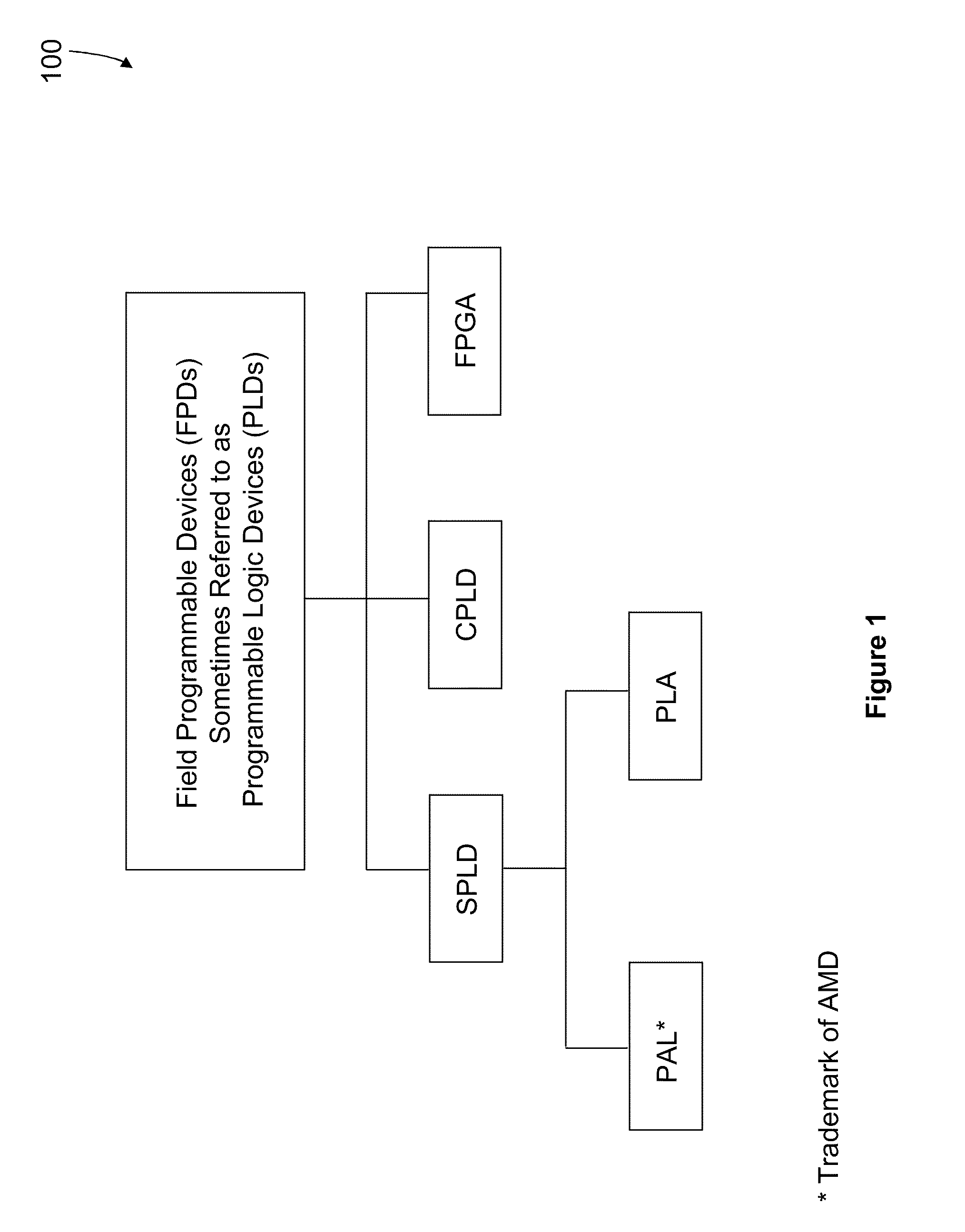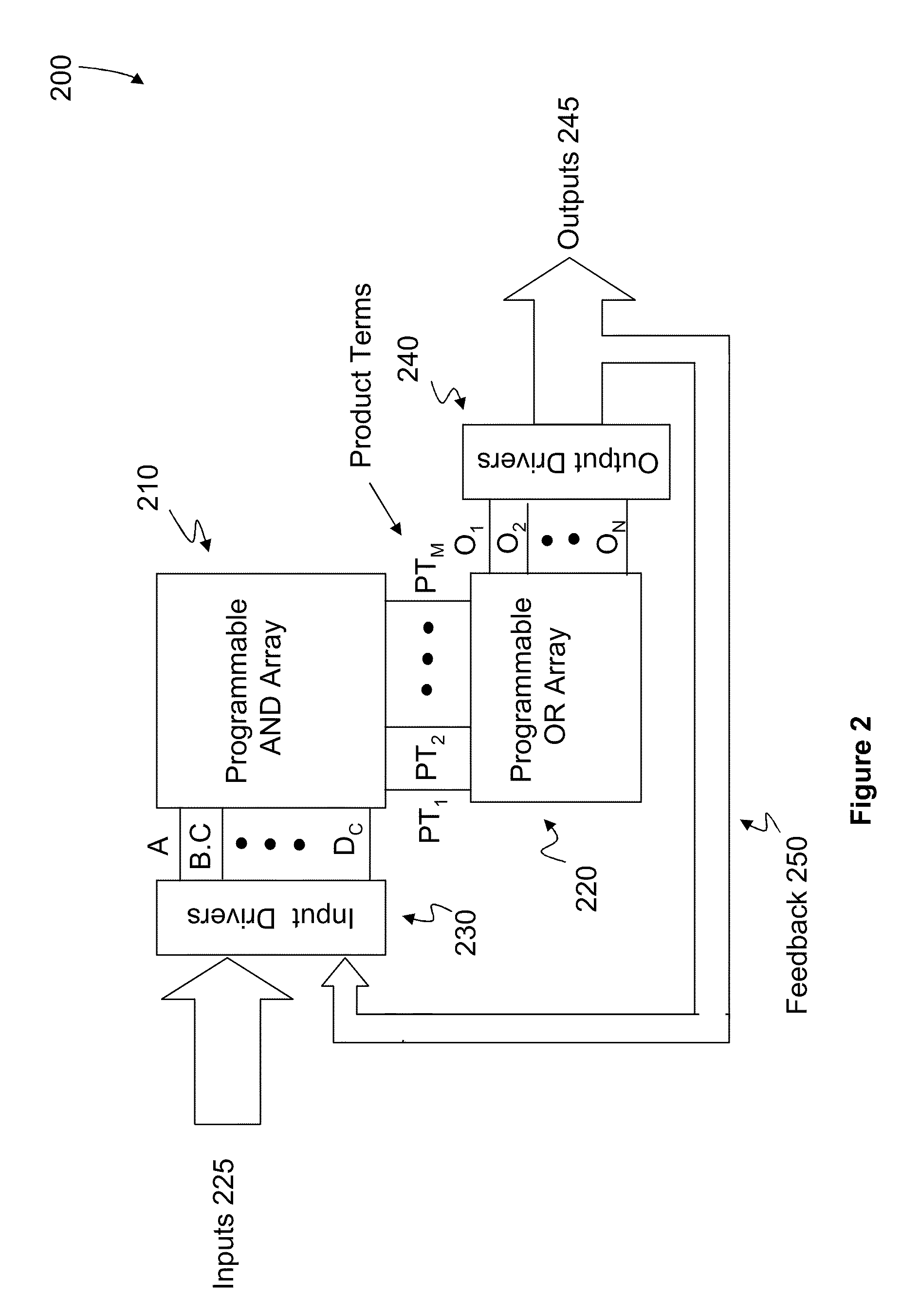Nonvolatile nanotube programmable logic devices and a nonvolatile nanotube field programmable gate array using same
a nonvolatile nanotube and gate array technology, applied in the field of field programmable devices, can solve the problems of inefficient programmable architecture, significant propagation delay, and difficult manufacturing of field programmable plas
- Summary
- Abstract
- Description
- Claims
- Application Information
AI Technical Summary
Benefits of technology
Problems solved by technology
Method used
Image
Examples
Embodiment Construction
[0200]Integrated circuits for a wide variety of product applications in a competitive environment require fast time-to-market for new designs and low (or zero) non-recurring engineering cost (NRE) and low fabrication cost. As a result, the demand for field programmable devices (FPDs) solutions has increased rapidly. Low power is a requirement for most applications. Applications are increasingly portable so conservation of battery power is a requirement and nonvolatile operation is advantageous, especially since integration levels (more function) are increasing rapidly as is the requirement for high performance.
[0201]The present disclosure provides field programmable device (FPD) chips with large logic capacity and field programmability that are in-circuit programmable (in-place in the package without requiring sockets). They use small versatile nonvolatile nanotube switches that enable efficient architectures for dense low power and high performance chip implementations and are comp...
PUM
 Login to View More
Login to View More Abstract
Description
Claims
Application Information
 Login to View More
Login to View More - R&D
- Intellectual Property
- Life Sciences
- Materials
- Tech Scout
- Unparalleled Data Quality
- Higher Quality Content
- 60% Fewer Hallucinations
Browse by: Latest US Patents, China's latest patents, Technical Efficacy Thesaurus, Application Domain, Technology Topic, Popular Technical Reports.
© 2025 PatSnap. All rights reserved.Legal|Privacy policy|Modern Slavery Act Transparency Statement|Sitemap|About US| Contact US: help@patsnap.com



